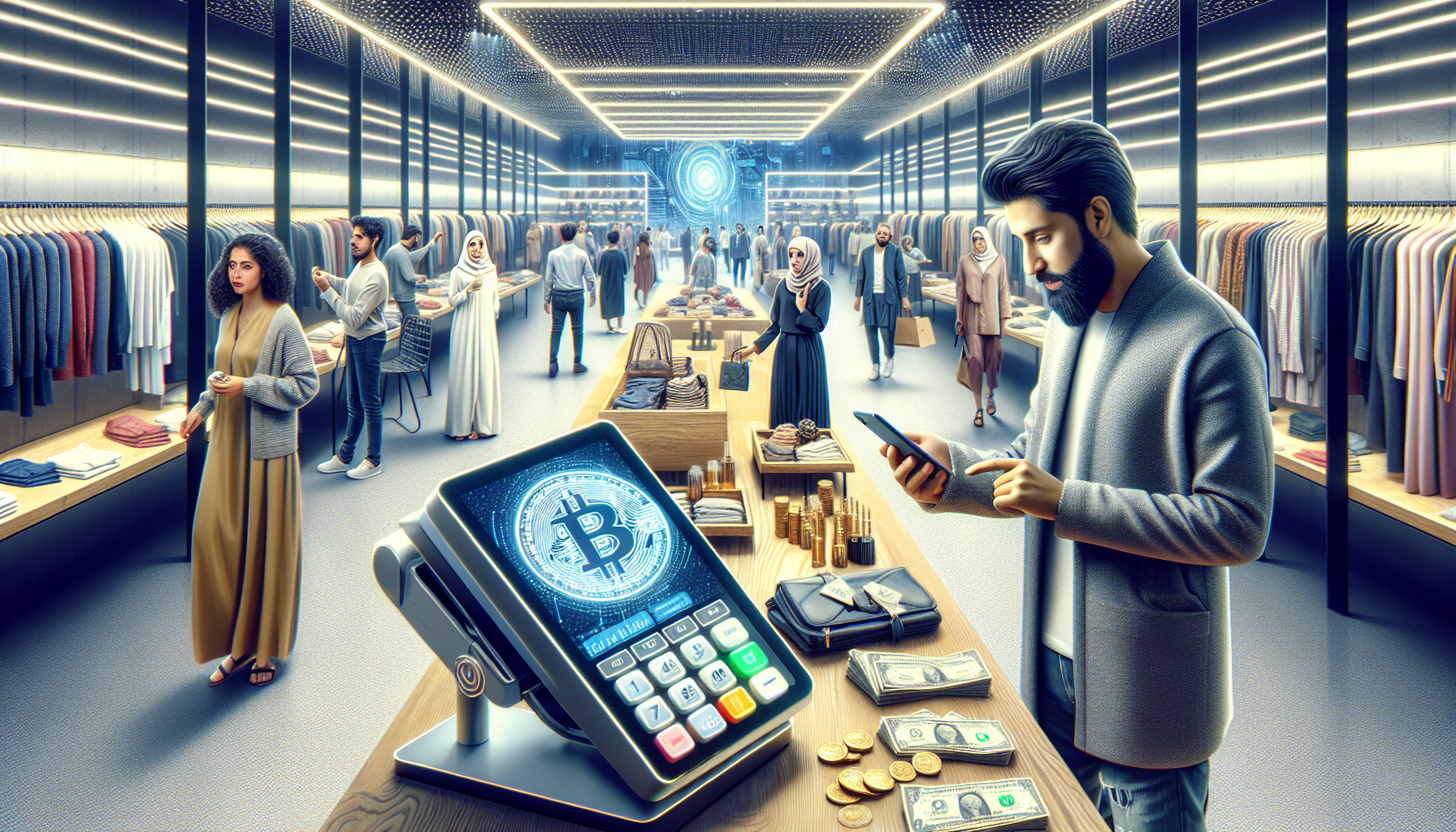
tl;dr
The article discusses the growing wealth gap in the U.S. despite apparent economic stability. Wells Fargo CEO Charles Scharf highlights that while the economy appears strong, lower-income Americans face financial instability, with many households unable to save and vulnerable to unexpected expense...
**The Growing Divide: How the U.S. Economy’s “Stability” Hides a Deepening Wealth Gap**
Charles Scharf, CEO of Wells Fargo, has sounded an alarm that’s hard to ignore: while the U.S. economy may appear stable on the surface, the reality for lower-income Americans is far more precarious. In a recent interview on *CNBC Squawk Box*, Scharf laid bare a stark contradiction—one that’s increasingly defining the American experience.
“Things actually feel very good today,” Scharf said, citing robust job creation and steady spending. “But it’s not equal across wealth spectrums.” His words paint a picture of a nation where prosperity is concentrated at the top, while millions at the bottom teeter on the edge of financial ruin.
### A Nation of Two Worlds
Wells Fargo’s internal data reveals a troubling trend: lower-income households are spending their money at a breakneck pace, but their account balances remain stubbornly below pre-pandemic levels. For these families, a single unexpected expense—a medical bill, a car repair, or a sudden layoff—can unravel years of financial stability.
“It hasn’t impacted credit yet,” Scharf noted, “but they’re certainly not becoming more healthy.” Meanwhile, affluent customers are driving up average spending and account balances, masking the fragility of the broader population. The result? A growing chasm between those who are thriving and those who are barely holding on.
### The “Edge” Where Lower-Income Americans Live
Consider this: nearly 40% of U.S. households have less than $10,000 in savings, according to a 2023 Federal Reserve report. For these families, the line between stability and crisis is razor-thin. Scharf’s warning echoes a reality many have lived through—the kind of financial fragility that turns a minor setback into a full-blown catastrophe.
Take Maria, a single mother working two jobs in Ohio. Her paycheck barely covers rent and groceries, leaving no room for an emergency fund. When her car broke down last year, she had to choose between fixing it or paying her daughter’s school fees. “I didn’t have a choice,” she said. “I took out a loan and now I’m stuck in a cycle I can’t escape.”
Stories like Maria’s aren’t outliers—they’re a symptom of a system that’s failing millions.
### A Stable Economy? Or a Mask for Inequality?
Scharf’s comments come as the U.S. economy continues to defy expectations. Unemployment remains near historic lows, and corporate profits are soaring. Yet, for lower-income workers, the gains are elusive.
The Federal Reserve’s data shows that while median household income has risen slightly since 2020, the top 10% of earners have captured over 80% of the gains. This uneven distribution of wealth isn’t just a moral issue—it’s a drag on the economy. When half the population is living paycheck to paycheck, consumer spending—the lifeblood of the U.S. economy—remains fragile.
### What’s Next?
Scharf’s warning isn’t just about economics; it’s a call to action. If the wealth gap continues to widen, the U.S. risks losing the very middle class that has historically fueled its economic growth.
So, where do we go from here? Is it enough to rely on market forces, or does the government need to step in with policies that address inequality? And what role should banks like Wells Fargo play in bridging this divide?
As Scharf put it, “We’re not seeing the kind of progress we need.” The question is: who will take the next step to fix it?